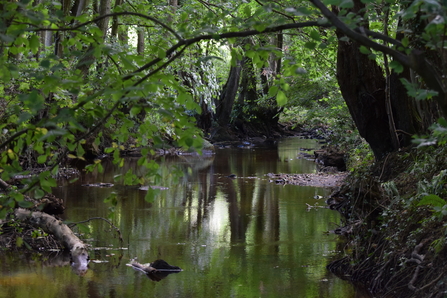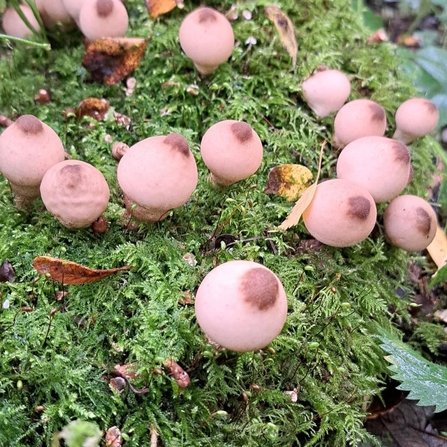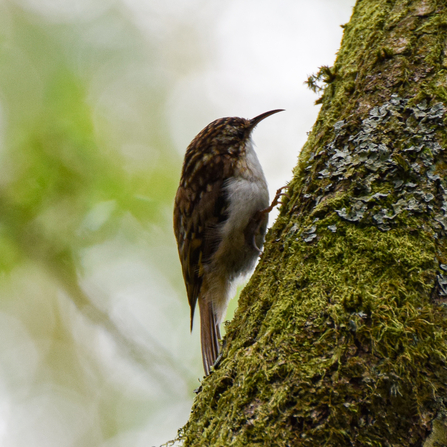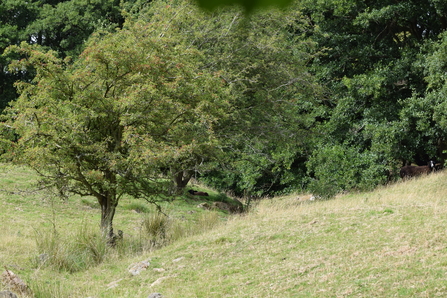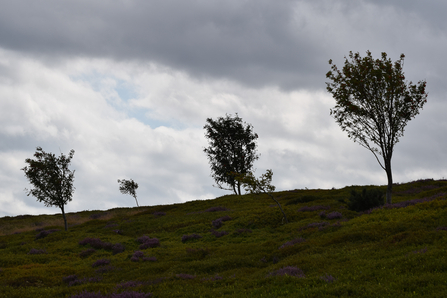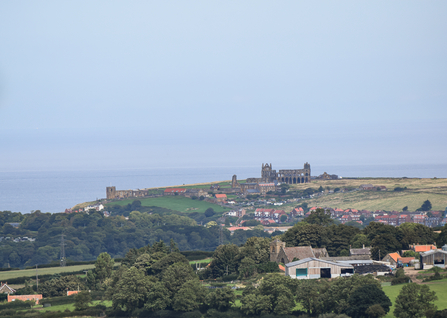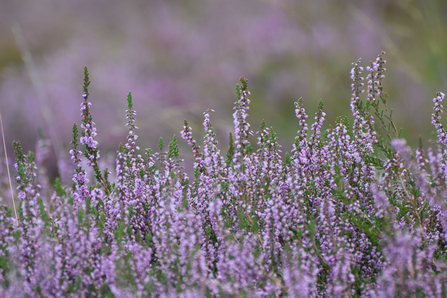I was excited to hear that my first ‘Telling Our Story’ article I would be to accompanying Chris Watt, River Restoration Assistant for the Yorkshire Wildlife Trust, to Eskdale in the North York Moors so that he may survey the landscape for future restoration work. I couldn’t wait to get out into the field and see, first-hand, the techniques that the Trust are using to conserve this special landscape.
I made my way to Malton from York to meet Chris, albeit for the second time. He guided me towards his car, and we set off for the Moors. The drive from Malton to the site in Eskdale would take us around 40 minutes, so Chris told me some specifics about the location. I found out that we were going to Little Beck, one of the many tributaries of the River Esk, which carves its way through the North York Moors from Westerdale in the west to Whitby in the east. Little Beck is a river that runs through the diminutive hamlet of Littlebeck (quite aptly named), which is around 6 kilometres south-west of Whitby. More specifically, we were going to be surveying a smaller tributary of Little Beck, that only runs for about one kilometre before being intercepted.
Chris explained to me that very little was known about the Eskdale river basin and the surrounding tributaries - and that by conducting these surveys he could gain valuable information about the condition and ecology of these river systems. This would allow the Yorkshire Wildlife Trust to take more focused action on areas that might be vulnerable to flooding, pollution, or invasive species, thus protecting key native habitats, and the species that live within them.


